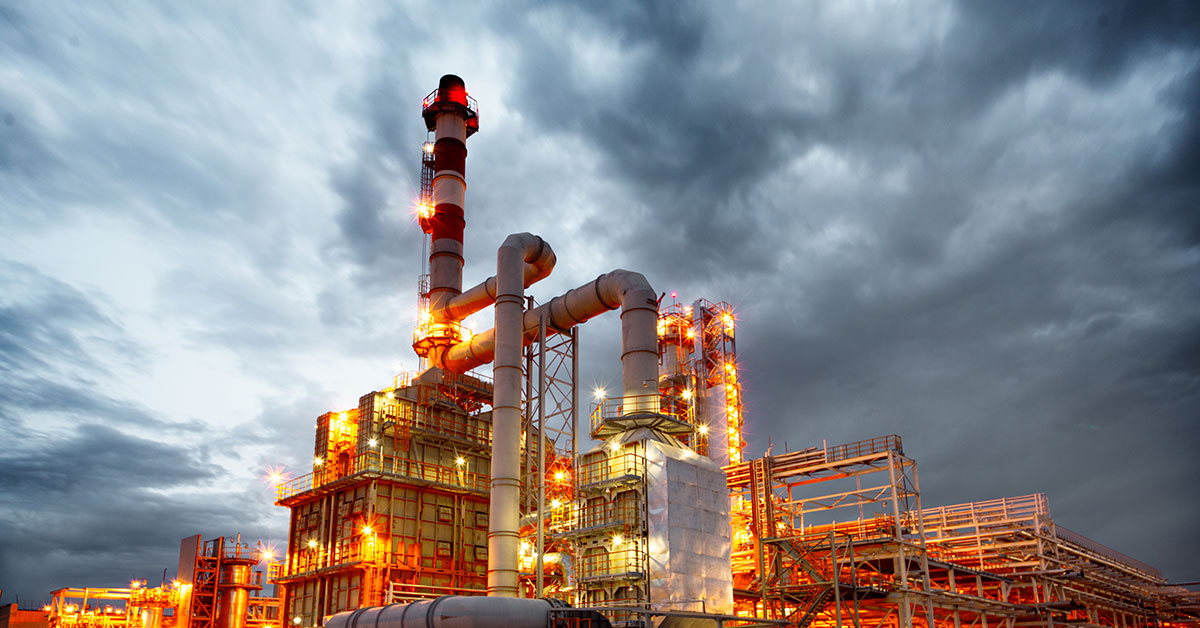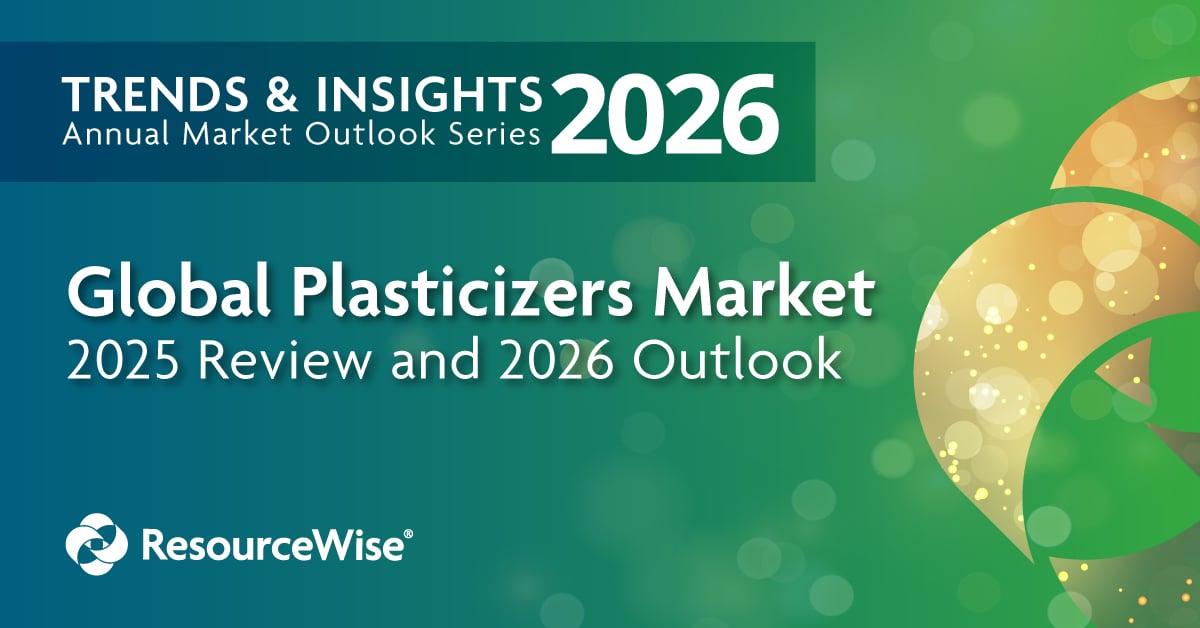2 min read
Orthoxylene Markets Hang in the Balance as COVID-19 Reaches New Peak
 Hira Saeed
:
Jun 15, 2020 12:00:00 AM
Hira Saeed
:
Jun 15, 2020 12:00:00 AM

In Europe and the US, the outbreak of COVID-19 was delayed compared with Asia as the regions did not enter lockdown until March. Demand was steady, and prices were firm for the first two months of 2020 until crude oil prices nosedived in early March, decreasing prices while demand remained fairly steady. The effects of the pandemic hit the market, causing mixed xylene demand for chemicals and operating rates to begin dropping, affecting orthoxylene consumption.
Most end-users for orthoxylene, including phthalic anhydride, began to see a reduction in April. Still, a few smaller sectors performing particularly strongly on the back of the COVID-19 pandemic for uses such as surfactants and medical equipment component production, but this only accounted for a small portion of the market. Construction and automotive industries remained weak, resulting in softer plasticizer demands, and phthalic anhydride producers began running at operating rates as low as 50% to match demand loss.
More recently, in the US, the demand for mixed xylenes has started to pick up and is supported by higher gasoline demand, but demand for chemicals remains soft. Some orthoxylene sectors, such as the coatings sector, are starting to see an uptick in demand, though overall, production and consumption remain well below normal levels for June. Softer demand for phthalic anhydride continues suppressing orthoxylene recovery, which is unlikely to improve in the short term.
As lockdown restrictions are eased and economic activity begins to pick up, demand will improve gradually. In the past few weeks, COVID-19 figures in the US have spiked, causing concerns over a potential second wave of the virus, resulting in extended lockdowns and additional restrictions on traveling between some states. There are fears that the rise in cases could derail the economic recovery. This could put the already depressed orthoxylene market under more pressure.
In phthalic anhydride, 2020 demand will likely slip by at least 10% compared to 2019 despite a strong first quarter. Some downstream industries, such as insulation, have not been impacted significantly, and coatings have performed adequately. Still, many other sectors have been a little weaker, particularly those related to the automotive industry.
In Europe, the COVID-19 situation looks slightly more positive in the short term as infection rates have significantly fallen compared with two months ago. As most countries in the region have come out of lockdown or significantly eased restrictions, buying activity has picked up, though mixed xylene demand remains lower than expected.
The automotive industry is also gradually improving, but demand in this sector is expected to remain below normal for the next few months. Prospects for recovery in the construction industry are higher as market players speculate that the usual uptick in demand from the construction industry may still occur and instead just be delayed to August.
There will likely be a change in trade flows for the coming months as the market slowly recovers. Buyers feel more comfortable purchasing locally produced products than importing from other regions, such as Asia, due to longer waiting times and the volatile COVID-19 situation in Europe. While there has not been the same spike in infection cases as in the Americas, cases have risen in the past few weeks, adding to the fears of a second wave. While uncertainty clouds longer-term predictions, there is expected to be a significant decrease in annual demand of around 20–30%.
Learn more about how OrbiChem360, our online chemicals intelligence platform, can help your business in the global chemicals market.




